Chances are your image of Jesus is as follows: a long-haired Caucasian bearded guy dressed in white robes. And that makes sense, since, after all, that’s how almost every famous piece of art depicts him. But as it turns out this may be quite far from the truth. And Joan Taylor, a well-respected historian, and professor at King’s College London says she has the evidence to prove it.

What Did Jesus Look Like
So Why Do People Paint Him Like That?
So why is the famous Christian prophet depicted like this if he did not actually look like that? The answer, as it turns out, lies in the artwork that came before that. This long-haired, bearded look, as it turns out, was all the rage in the fourth century for depicting various deities. And since Jesus Christ was after all seen as the greatest of them all, it seemed only fair he’d get the same look attributed to him.

So Why Do People Paint Him Like That
Accessories that Don’t Add Up
Not only is Jesus’ looks illogical according to experts, many claim that the accessories he is painted with are also illogical. Many paintings, for example, have the revered prophet relaxing on a throne, or with a bible and halo to complete his look. But the fact is none of this look adds up. Joan Taylor’s research leads her to believe that Christ in reality would have been a far simpler figure.
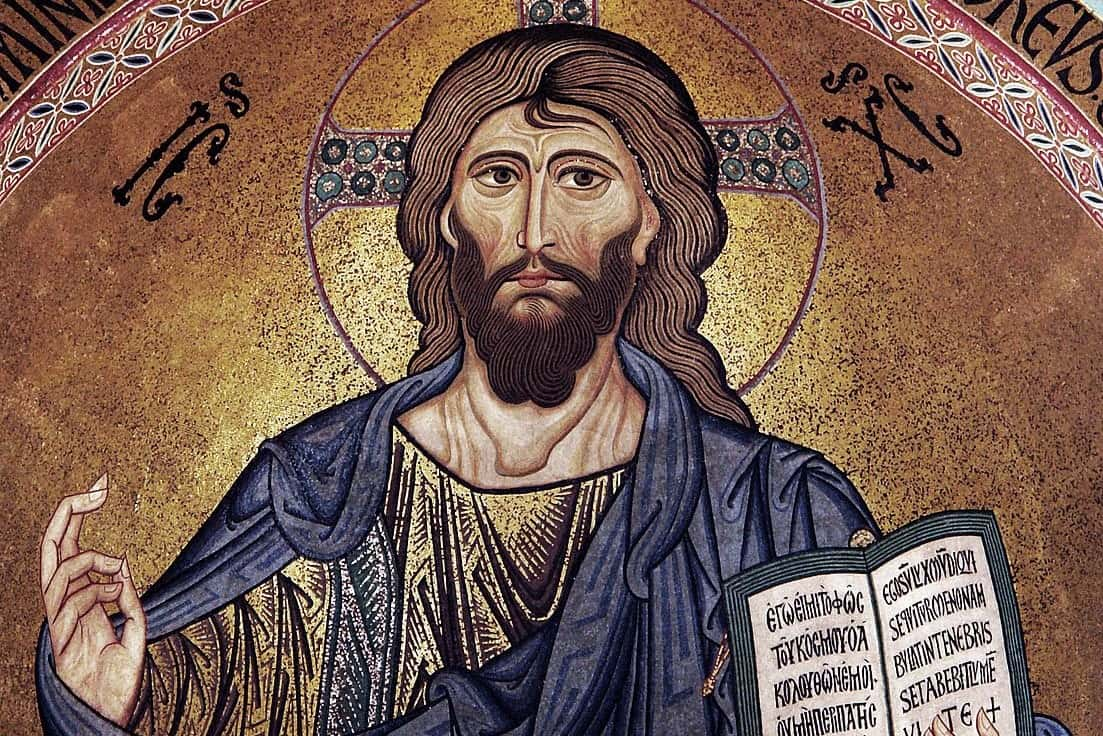
Accessories That Don’t Add Up
The Bible Says…
In every movie based on a novel there’s always that one person who stands up and says “that part is not in the book!” well, we are here to be that person. The fact is that the Bible often leaves hints to how Jesus looked. In the Gospel, for example, it’s said that Jesus blended into the crowd so much that he had trouble spotting him. This tells us that Jesus of Nazareth must have looked quite similar to his peers at the time.
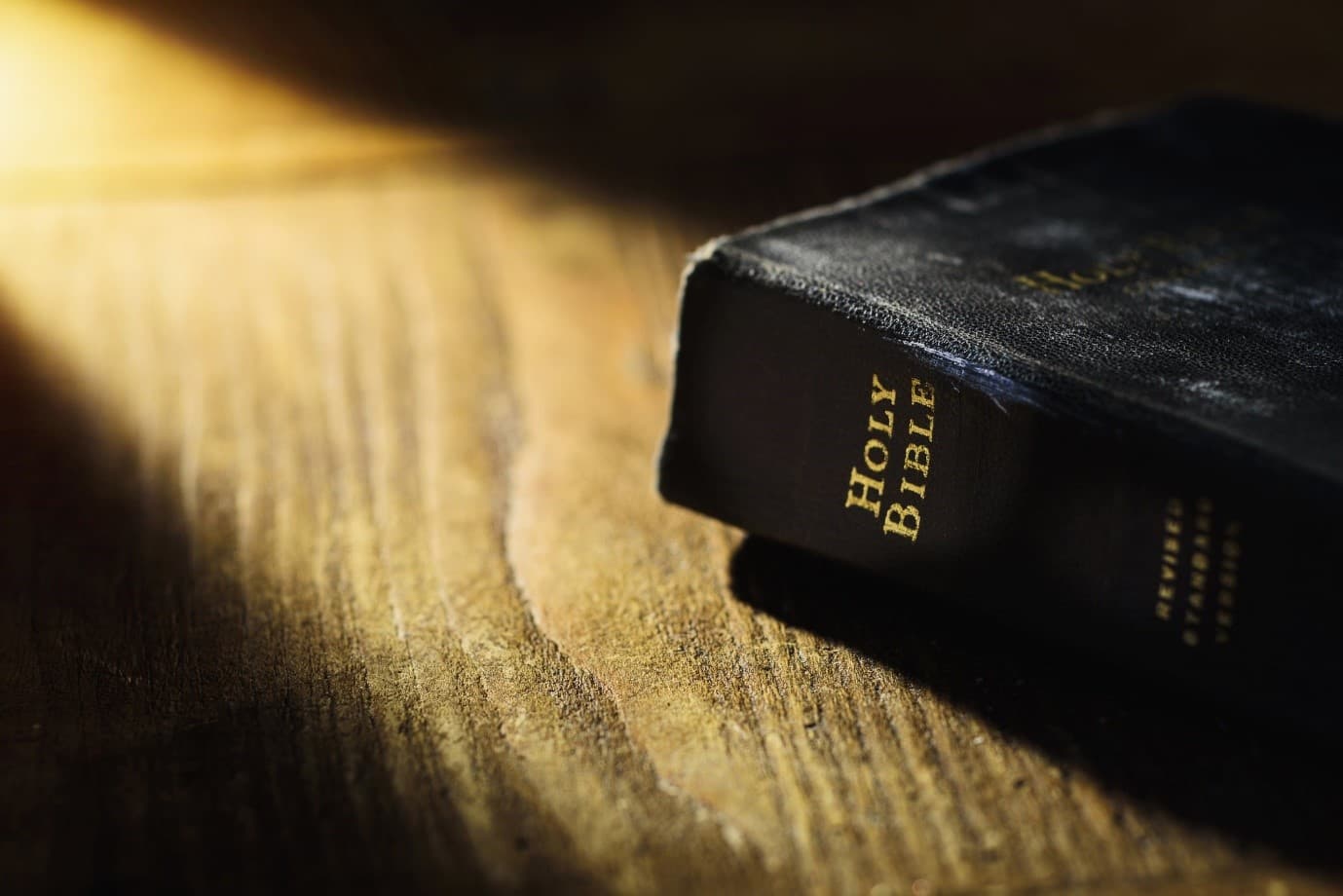
The Bible Says…
A Trending Look
While there are hints to how Jesus looked in the Bible, we will admit there isn’t a whole lot of description of his looks going on. So from the very beginning, people have been relying on some indirect depictions to demonstrate reverie to the prophet. Artists in the third century for example went for symbolic depictions altogether, rather than say—a full-on portrait.

A Trending Look
A Humble Look
The more symbolic depictions would for example feature Jesus as a shepherd—“the good shepherd” to be exact. This depiction of Jesus as a humble farmer best matched his leadership quality for the Christian faith. These depictions are mostly found in ancient Roman catacombs—not exactly close to Christ’s original living location.

A Humble Look
The ‘Jesus’ Look is Born
It wasn’t until the 4th Century that the classic long-haired bearded look of Jesus was born. By then that whole gentle Shepard thing was so last century. And clearly, the 4th-century look caught on, since that’s how most people picture Jesus today.
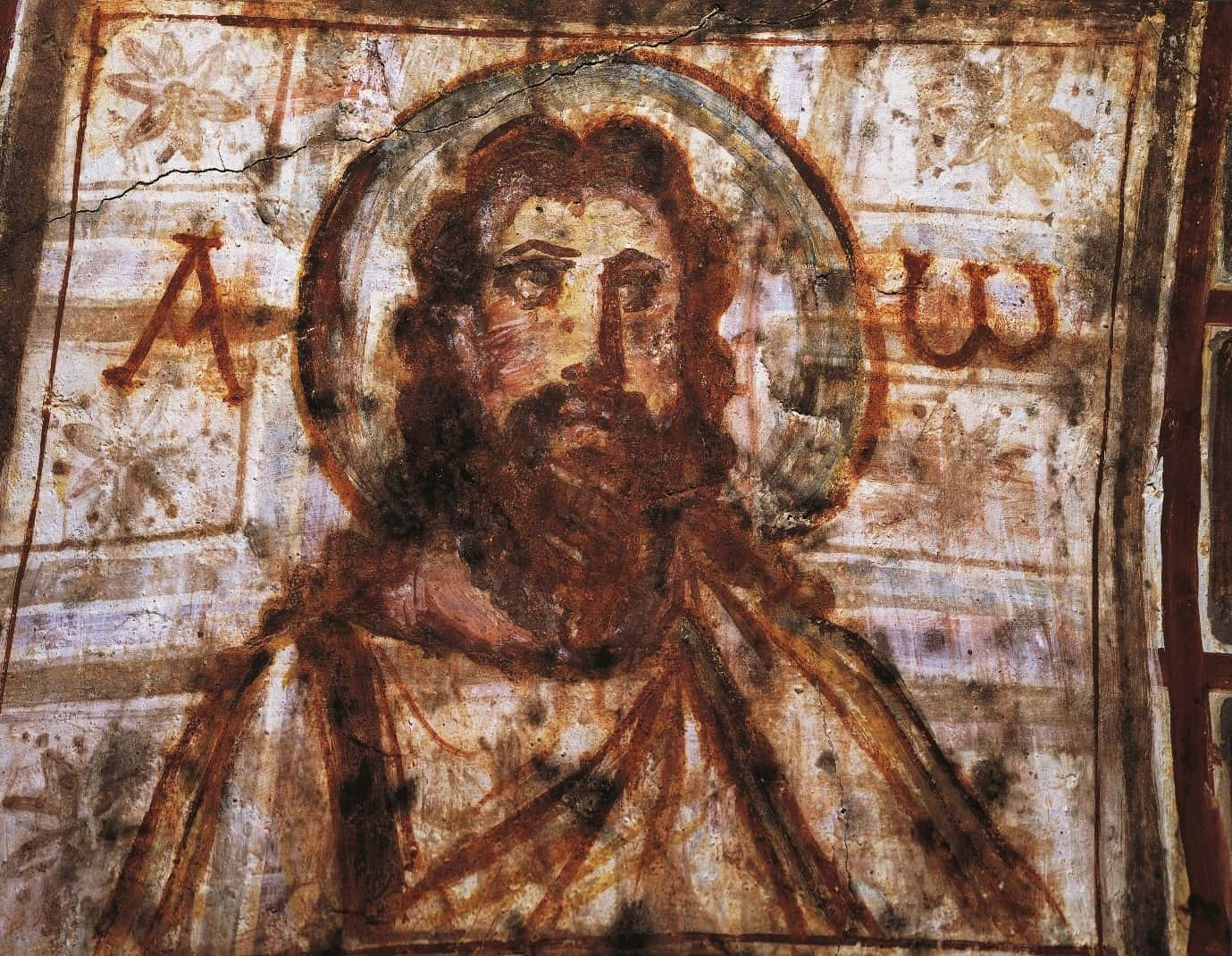
The ‘Jesus’ Look Is Born
Taking Artistic Liberty
But despite artists’ faith and respect for their prophet, they really didn’t have much to go by in terms of biblical depictions. So, like any true artist would, they took artistic liberty and drew their inspiration from what had already existed.

Taking Artistic Liberty
The ‘God’ Look
Since there weren’t a lot of sources to work by regarding the formation of Jesus’ look, Byzantine artists went by what they knew had already been the god look for quite some time—way before Christ’s time: Roman and Greek Gods.

The ‘God’ Look
A Classic Example
One example that shows what we mean is the giant statue of Zeus that sat in the temple created for the god. And how did Phidias depict this ultra-deity? You guessed it! Long hair and a beard. Just as we are impressed today with statues like these, so were Byzantine artists, and they wanted the same treatment for their own beloved prophet!

A Classic Example
Zeus is Me!
It wasn’t just the Byzantine artists who were inspired by this look. Many wanted to employ the ‘Zeus’ look in their depiction strategies. Take the not-exactly-humble Roman Emperor Augustus, for example. His statues pretty much scream Zeus is Me!

Zeus Is Me!
Kind of Similar
But Emperor Augustus didn’t employ every aspect of the ‘Zeus’ look into his own depiction: after all, he had shorter hair and no beard. He still wanted to be recognizable after all! But by the Byzantine Era, people were all for the whole shebang and made sure to keep the beard and long hair intact. As time went by, they also added some new accessories to the depiction—stuff that were more on the Christian, monotheist side of things.

Kind Of Similar
Thrown onto the Throne
One example our dear friend Joan Taylor mentions is the classic depiction that began to take off of Jesus sitting in a throne. While Jesus obviously didn’t sit in one of these a day in his life, it still did the job in symbolizing his authority, according to the historian.

Thrown Onto The Throne
New Looks
Joan Taylor specializes specifically in Christian origins and Second Temple Judaism. According to her, many gestures and accessories were literally tweaked: spears were changed into Bibles, and hands were reshaped into blessing gestures.

New Looks
The Jesus Look is Born
Slowly but surely, the depiction of Jesus began to take shape. His long beard and his long hair were soon completed with flowing robes, sometimes even a halo. The whole point, Taylor says was to show Jesus in a theological light rather than depict him in a sense akin to people living at the time.
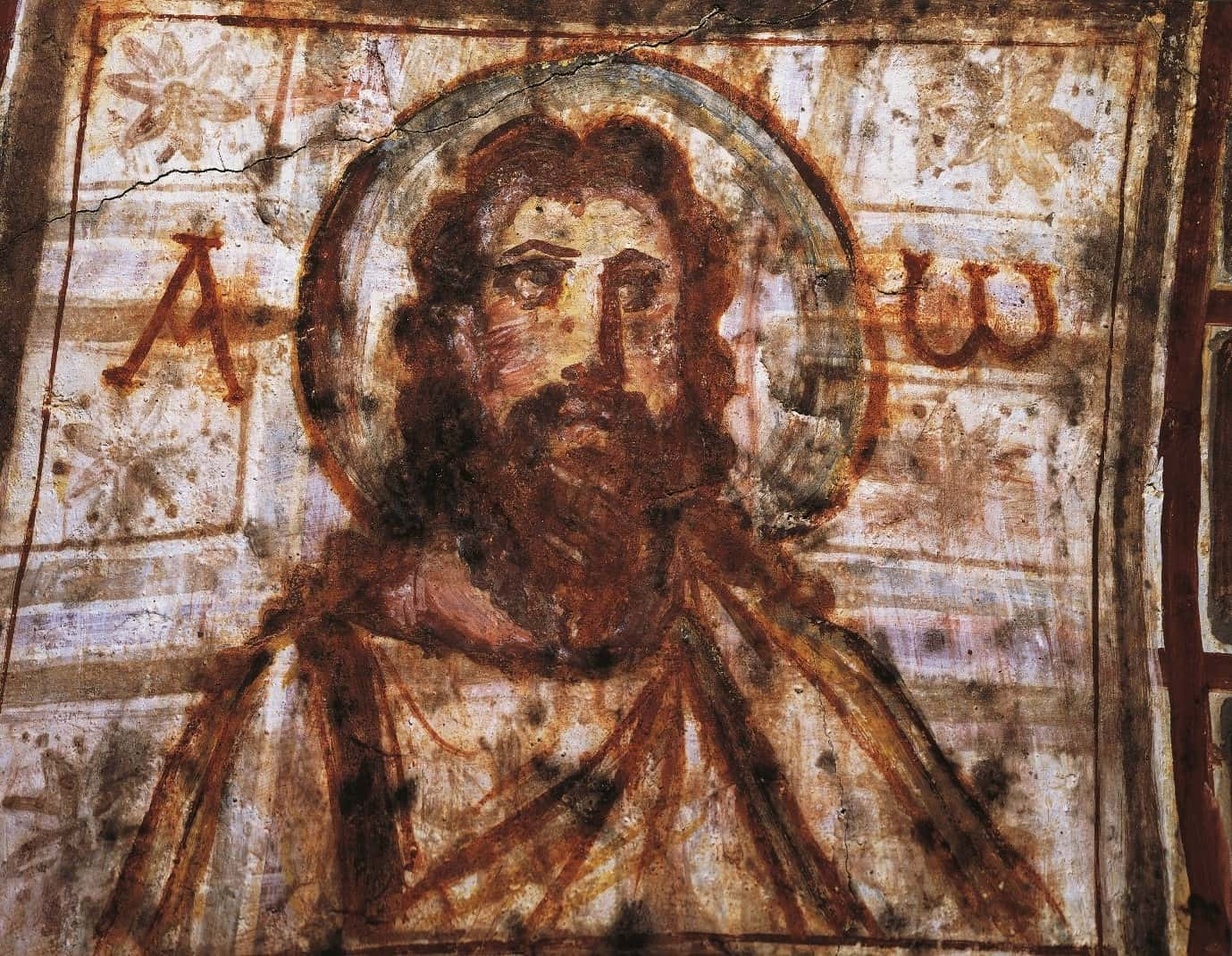
The ‘Jesus’ Look Is Born
Standing Out
The aim was to highlight Jesus as Divine. And according to Clash of Gods, written by Thomas Matthews in 1993, depicting him with long hair did just that. Since powerful Greek and Roman gods were often depicted with flowing locks, it acted as a sort of metaphor for Jesus’ powers.

Standing Out
Compared to Others
According to the author, this look helped Jesus stand out from those depicted beside him, for example, his disciples and simply onlookers. Clearly, this worked, since even today that’s how the average person has come to picture him.

Compared To Others
The Shroud of Turin—Possible Evidence
Still, there have been some ancient artifacts that have provided evidence for many regarding how Christ appeared to his followers. For example, the Shroud of Turin, which first reached the public in 1354, is said to have a very familiar imprint contained within its lines…
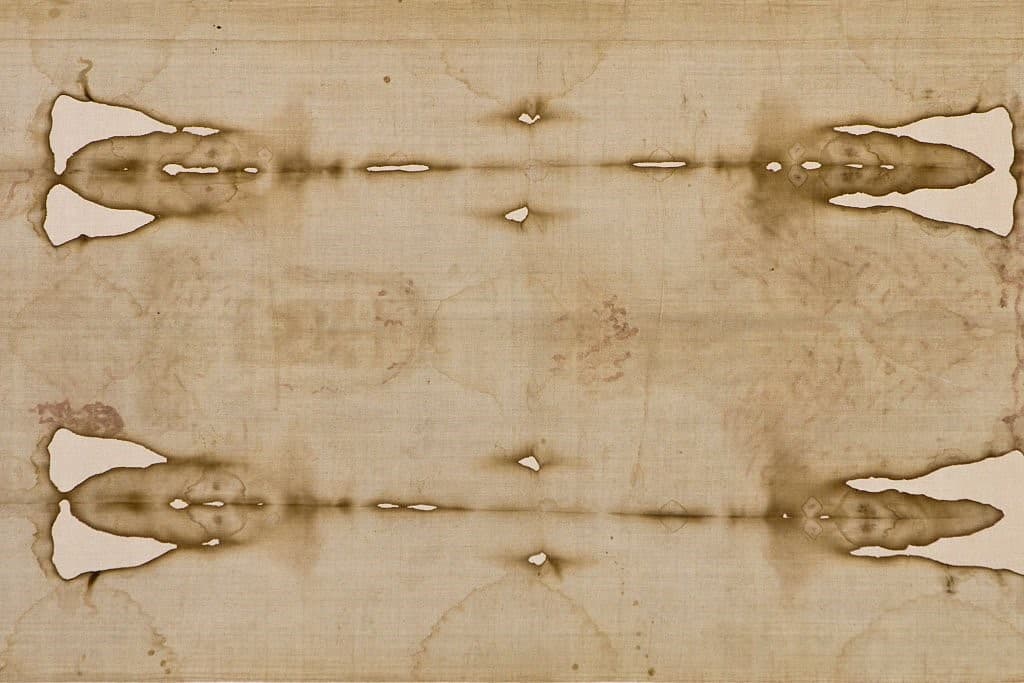
The Shroud Of Turin—Possible Evidence
Not According to Richard Cargill
According to Richard Cargill, a well-respected history professor at the University of Iowa, the Shroud of Turin was in fact simply a medieval forgery, used in the same way many scams function today—to make money and to assume spiritual powers.

Not According To Richard Cargill
What Jesus Actually Looked Like
To understand what Jesus actually looked like, experts have gathered their evidence from a variety of sources (not including Byzantine art). In her 2018 book, Taylor talks about these methods. Primarily, she relied on Egyptian funerary art, historical documents, and ancient remains to paint her own picture of what the prophet most likely looked like.

What Jesus Actually Looked Like
Why the Long Robes are a Long Shot
Let’s begin with Christ’s wardrobe: Jesus is often depicted with long flowing robes. But in fact, it’s most likely he wouldn’t wear such things and would more likely lean towards clothes considered regular for that time. If anyone wore this holier looking attire, it would most likely be John the Baptist, whose clothing was so unusual, it was even mentioned in the Bible!

Why The Long Robes Are A Long Shot
What Jesus Actually Wore
So what did Jesus wear, then? To figure that out, Taylor relied on artwork depicting ancient Egyptian mummies. The professor’s assumptions were based on the fact that clothing depicted in this portrait would accurately reveal what was worn in that region during the time.

What Jesus Actually Wore
Shorter was Better
One of Taylor’s most distinct discoveries was that Jesus was very unlikely to have worn long garments altogether. Much more popular at the time were the knee-length tunics, which allowed people to move quickly and easily when they needed to. A long garment wouldn’t nearly be as convenient for such purposes.

Shorter Was Better
Were Longer Tunics Actually a Thing?
It’s true that there were some people who wore these types of clothes. But mostly, these were individuals that belonged to the elite class. So, based on this logic, Jesus would have still been seen more often in a short tunic.

Were Longer Tunics Actually A Thing
Not a White Tunic, Either
Not only would the tunic not have been long, but it also wouldn’t have been white, either. At the time, to have white garments, you would first have to bleach the fabric. It seems unlikely Jesus would have done this. It’s more reasonable to believe he would have worn undyed wool. The Bible supports this claim in a way, as it says that Christ’s garbs became white and glittery when he became an angel.

Not A White Tunic, Either
Mantles
One thing depicted in paintings that may have been more accurate, according to Taylor, was the mantle often depicted on top of the prophet’s tunic. But while the mantle is often depicted as blue, the professor says it could have just as well be any other color.

Mantles
Tunics and Mantles Galore
The description of Jesus’ crucifixion in the Bible does seem to back up the fact that he most likely wore tunics. And more than that—at least two separate mantles. According to the professor, it’s almost certain that one of these mantles would have been a prayer shawl since that was what he was required to wear leading up to his crucifixion.

Tunics And Mantles Galore
More Than One Mantle
According to Taylor, it’s entirely reasonable to assume that Jesus pawned both a mantle he wore regularly and a mantle he wore for prayer. Not only is this indicated in the crucifixion scene, but also in the Gospel of John, when Jesus removes his mantles to wash his disciples’ feet.

More Than One Mantle
What about His Footwear?
In terms of Jesus’ footwear, the professor relied on ancient remnants to make her assumption. Mainly, shoe remnants found from the time Jesus lived indicate that the custom would be to sew together pieces of leather. These sandals with straps must have been part of the regular attire. Thus, she concluded that this would probably be what Jesus would have chosen to wear around his feet as well.

What About His Footwear
Physical Appearance
But of course, the thing that most interested this historian was how Jesus looked physically. To figure this out, she once again turned to portraits of mummies. What she found was a mixture of Greek and Egyptian features.

Physical Appearance
The Answers Lie with the Mummies
According to the professor, the artwork that most closely resembles what Jesus would have looked like is the more realistic portraits of mummies. So if you want to know what Jesus looks like, she recommends imagining someone who looks similar to these images. There is even one piece of art in particular that Taylor describes as the “closest fit” …

The Answers Lie With The Mummies
Closest to the Truth
This particular piece sits in Dura Europos—an ancient synagogue, that seems to have been built 244 AD, making it one of the best-preserved, oldest synagogues in the world. And inside this impressive building is a piece of art that the professor believes provides us with the biggest clue to what Jesus actually looked like.

Closest To The Truth
Ask Moses
what’s interesting is that this artwork is not meant to be a depiction of Jesus—it’s actually meant to be a depiction of the Jewish prophet Moses! Regardless, Taylor believes that this is probably closest to what Jesus actually looked like.

Ask Moses
Look-Alikes
this depiction of Moses is the closest thing to a depiction of Jesus, according to Taylor, because it shows how prophets were imagined by people alive in that time period. And, in fact, Moses is seen in this depiction wearing an undyed tunic and a prayer shawl— exactly Jesus’ attire prior to his crucifixion, according to the Bible.

Look-Alikes
Shorter Locks
one thing that’s immediately apparent with this Moses depiction is that his hair is cut short. This is most logical, according to the professor as people at the time considered long hair to be either Godly or girly.

Shorter Locks
The One thing the Byzantine Artists Got Right
There is one thing that the Byzantine artists did seem to get correct though—one thing that’s both in accordance with Joan Taylor’s words and the Moses painting—and that is the beard. Indeed, it’s highly likely Jesus did sport some facial hair, as barbers are not easy to come by for wandering sages.

The One Thing The Byzantine Artists Got Right
